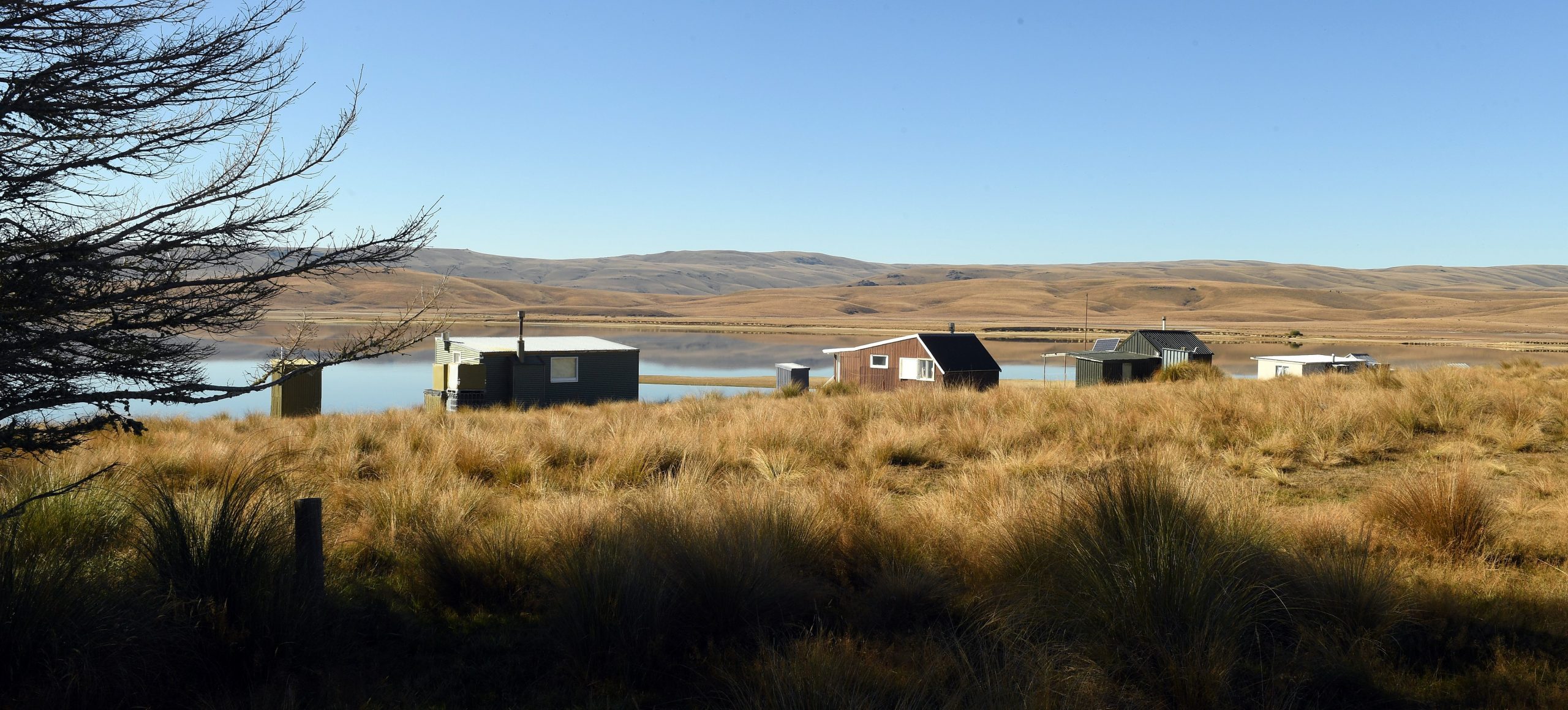Closing Tiwai Point or building a pumped hydro scheme at Lake Onslow are the only economically viable options on the road to 100% renewable energy, a new report says.
A proposed hydrogen plant for Southland, meanwhile, was found to be uneconomic under a range of analyses in the economic investigation commissioned by Parliamentary Commissioner for the Environment Simon Upton.
The report, published yesterday, comes as the Ministry of Business, Innovation and Employment develops an ‘‘energy strategy’’ to meet a 2050 target of a net zero emissions economy, due by the end of next year.
The ministry is also pursuing the NZ Battery Project to look for solutions to New Zealand’s ‘‘dry year problem’’, in which a massive $15 billion pumped hydro lake atLake Onslow is an apparent frontrunner to make up the electricity shortfall during dry years when present hydro-electricity lakes run low and coal is burned atHuntly Power Station.
The new report, by Energy Link, considered Onslow as one of four ways New Zealand could respond to the ‘‘once in a generation opportunity’’ of transitioning to a low carbon economy.
It ultimately found varying strengths and weaknesses in: a business-as-usual approach used to benchmark the others; the closure of the Tiwai Point aluminium smelter; the development of a Southern Green Hydrogen plant; and the proposed Onslow scheme.
The report also said more work was required before any option was either taken off the table or put forward as the preferred option.
However, a Tiwai Point closure and the Onslow hydro scheme were the only scenarios to produce a positive economic value throughout the option’s lifetime.
A key advantage of closing Tiwai Point and allowing electricity from the Manapouri dam into the wholesale electricity market was there were no major development costs, making it the lowest cost option.
Still costs associated with that option included lost tax revenue from the export of aluminium, lost wages to staff and other flow-on effects to the economy.
On the other hand, by pumping water into Lake Onslow when prices were low, Onslow would create a ‘‘floor’’ on wholesale electricity prices.
It would also reduce peak prices, which typically happened during periods of low availability of renewable energy.
Tiwai closing would have the biggest immediate effect on emissions, but by 2050 the Onslow option would produce less than half the emissions of other options.
The hydrogen options considered resulted in the highest residential electricity prices for end consumers, the report said.
Nevertheless, the report ultimately called for a ‘‘complete and fair assessment’’ of any option pursued.
Analysis undertaken should be publicly released and made available for public scrutiny, it said.
In a five-page note accompanying the report’s release, Mr Upton too called for ‘‘serious analysis’’ that allowed ‘‘apples to be compared with apples’’.
Mr Upton recalled the ‘‘seriously flawed debate’’ from a generation ago — after the oil shocks of the 1970s and the discovery of offshore gas resources that caused a rush to invest in energy security.
‘‘The absence of publicly available information to expose the ‘Think Big’-era projects to proper scrutiny was widely lamented at the time,’’ he said.
‘‘The coming energy transition represents a once in a generation opportunity to establish a low carbon, affordable and secure electricity system for decades to come.
‘‘Today’s decarbonisation challenge is every bit as significant, and the scale of investment required even greater.
‘‘There are hard choices to be made.
‘‘The most we can hope for is high-quality decision making based on evenhanded treatment of the options.’’





